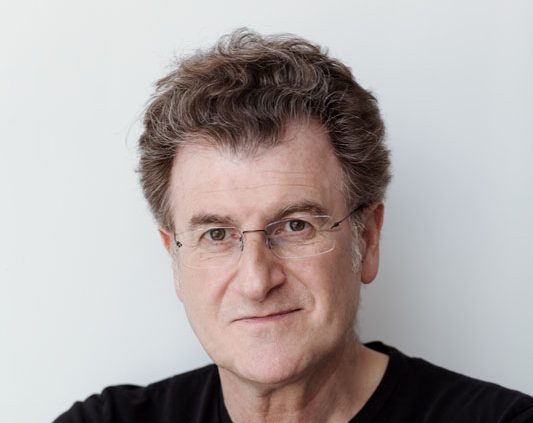Born in Chile in 1956, Jaar grew up under the military dictatorship of General Augusto Pinochet. He escaped in 1982 after finishing a degree in architecture. The experience has informed his work ever since.
"There's this huge gap between reality and its possible representations. And that gap is impossible to close. So as artists, we must try different strategies for representation. A process of identification is fundamental to create empathy, to create solidarity, to create intellectual involvement."
Influenced by Antonio Gramsci’s thought, who wrote about “the pessimism of the intellect and the optimism of the will” and the movies of Pier Paolo Pasolini, for 30 years, the Chilean-born, New York-based artist has been confronting failure – our inability to see, our unwillingness to look, our struggle to communicate – fearlessly tackling some of the darkest horrors of our age, from the conditions of the Brazilian gold miners (Gold in the Morning, 1986) to the Rwanda genocide (The Rwanda project 1994-2000).
His work often incorporate images covering socio-political issues such as in The Sound of Silence (2006) a mini-theatre installation dedicated to one image, the Pulitzer-prize winning photographer Kevin Carter’s picture of a starving Sudanese crouched in a stony field and stalked by a vulture. The idea was to ask viewers to dedicate some time – eight minutes – to the picture and its story. Around the world, people are taught to read, “but who teaches us the influence that images, the media landscape, have? How it changes our vision of the world,” Jaar says. “I really believe that images are not innocent. Every image contains a conception of the world.” And too often those conceptions go unchallenged.
Jaar says about himself: “I’m an idealist and a utopian. I want to change the world. And so in that sense, I fail all the time because I have failed to change it. I’ve failed to change the reality around me. Even though that was what I was trying to do.”















